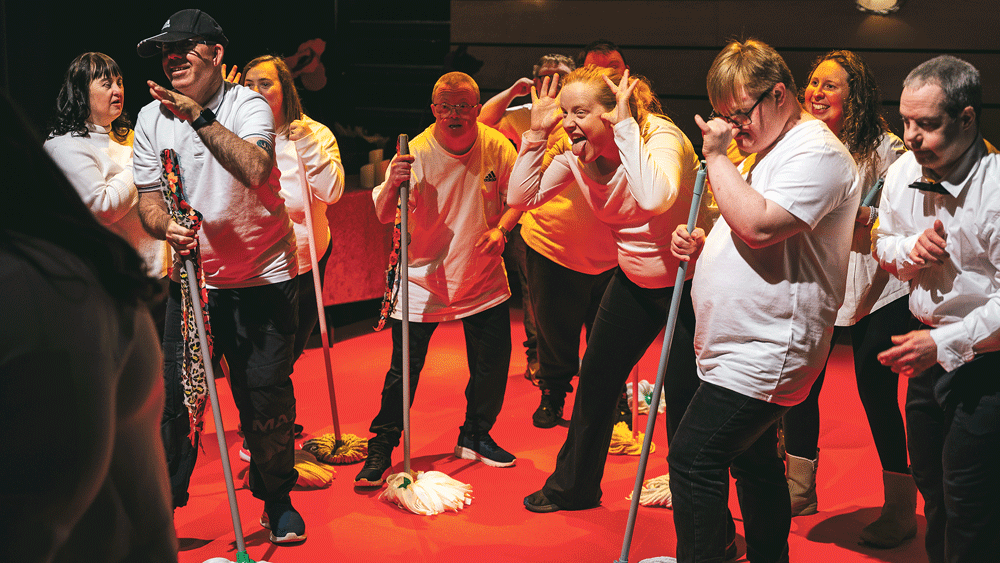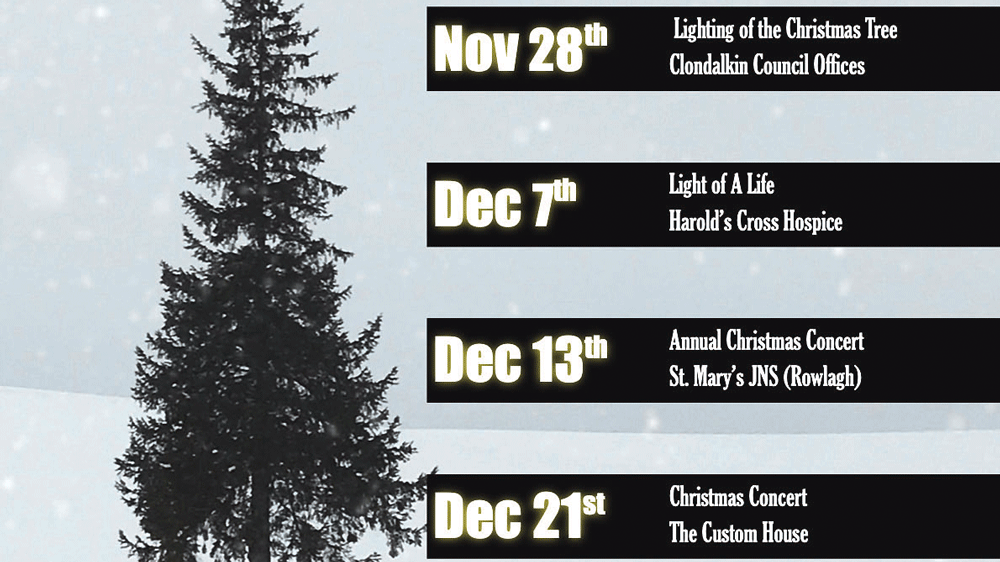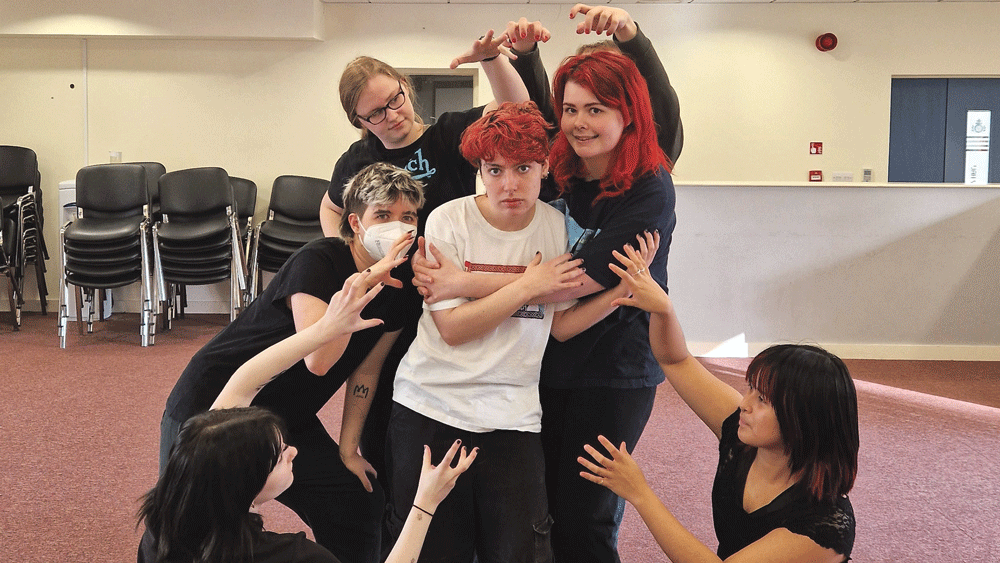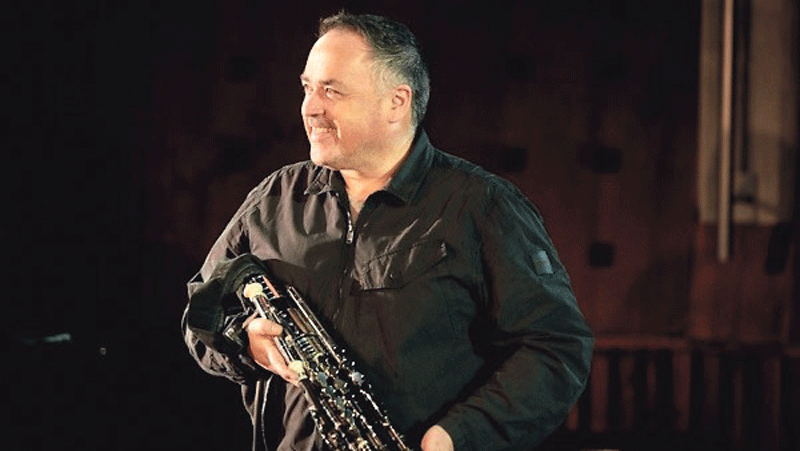

Love like the (Real) Reel Thing is Sharon’s third novel
WHEN Hollywood comes to Mayo’s Linford Castle in the west of Ireland to make a romantic comedy, hotel group marketing manager Jess Bradley is asked to troubleshoot.
Eager to escape a failed relationship with her colleague Adam Rourke, Jess jumps at the chance to decamp to the countryside for six weeks. And when charming local resident Robert asks her out, it seems she’s finally moving forward with her life.
But as a series of mishaps threaten both the movie and the hotel’s reputation, Jess finds herself juggling crises on and off set.
Just as she is starting to get a handle on it all, Adam shows up, and to Jess’s shock, it seems he has moved on too.
When one of the stars suddenly goes missing, Jess must decide exactly who she can trust to help her get everything back on track and maybe find her own happy ending in the process.
Sharon Black originally from Marian Road, Rathfarnham, a “recovered” journalist, is a member of Writing.ie, Writers Ink, and the Romantic Novelists Association.
She is also a Curtis Brown Creative alumna and was long-listed for the 2023 Retreat West ‘Opening Lines’ Competition. She has published short stories in women’s magazines.
‘Love like the (Real) Reel Thing’ is her third novel and can happily be read as a standalone or as a sequel to ‘The Last Saturday’ in July.
It is published by Poolbeg, and print and digital copies are available from Amazon.
To find out more about Sharon, visit her website at sharonblackwriter.
This week, we sat down with Sharon to discuss ‘Love like the (Real) Reel Thing’, which will be launched on November 20 by comedian and comedy writer Val Troy in the Wilfield/Gilford Room in the Sandymount Hotel on Herbert Road.
What would you say has been your favourite part about working on this book? What has been a highlight for you?
The highlight is that, while this book works very well as a standalone, it is also technically a sequel to my debut novel, ‘The Last Saturday in July’, which was published two years ago by Poolbeg.
When I finished that, and my two main characters, Jess and Adam, had come together for their happy-for-now ending, I moved on to my second book, but I had become very attached to those characters, and so I really, really wanted to.
I kept wondering what Jess and Adam were doing now, whether they truly had a happy ending, or if something might have happened to break them up.
This led me to consider my third book, which can also be viewed as a sequel to my first book.
I believe the best part of writing it was revisiting those characters I knew and developing the secondary characters from the first book by giving them their own stories. Going back to something familiar and revisiting the characters I was fond of was a great experience.
Could the book be considered a sequel?
Technically it can be read as a sequel. But if you haven’t read the first book, it won’t matter, as I wrote this one so it can be read alone and still make sense.
It features similar characters and a comparable setting, yet it functions as a standalone story.
However, this book can function both as a standalone and as a sequel, depending on the reader’s preference.
It’s just that for me, it was lovely to be able to go back in and revisit characters that I already knew.
What would you say were some of the challenges you encountered while working on this book, and how did you navigate them?
I suppose the challenges arose from my familiarity with the characters, as I needed to write in a way that didn’t assume too much knowledge on the part of my reader.
I had to assume that any reader approaching this book had not read the first one.
That was a challenge in itself. Then the first book had sort of featured this mythical place.
It doesn’t exist, obviously, in the west of Ireland, at Linford Castle, and it’s a 400-year-old place.
As far as I know, there are no hotels in Ireland that are both old and were previously castles, especially not ones that date back 400 years.
The book features tunnels and a whispering gallery, so I had to do quite a lot of research to see how those would work, because they feature a lot in this book.
When you’re doing research like that, it does have to be realistic. You can’t just ask your reader to completely suspend their disbelief.
It has to be something that they can imagine happening and something that actually could happen.
Those were the kind of challenges I faced when I was writing it, all right.
Could you please share the processes you went through while working on this book and how long it took you?
A year. My contract means that I have to produce a book every year.
I suppose I’m quite disciplined, and I do sit down every day and write, and I also make sure that my first draft and my books come in at 90,000 words, but I make sure that my first draft is written in the first three months.
Once I start writing, I basically get a first draft written in three months.
I have to do this, because if I don’t, nothing else will work; the real heavy lifting occurs after completing the first draft.
Completing the first draft is quite a challenge, as it encompasses the entire writing process; therefore, I must be disciplined and structured in my planning and plotting, rather than simply sitting down to write and hoping for the best.
I mean, it happens from time to time.
There’s a little bit of that, and there are some nice surprises along the way—and, thank God, things that never get done.
However, at the beginning, it is essential to be methodical and structured in your work to successfully complete the first draft within a short period of time.
Do you know what your 2026 book will be, or is it too soon?
It’s not too early because I’m working on that currently, and I’m not actually sure whether it’ll come out in ’26 or 27.
I started it in the middle of July, as soon as I handed in my last novel.
It’s actually a Christmas book, and that’s all I can say about it.
It is a bit strange, writing a Christmas book in July and August.
I think that’s how all writers work. Writers work on a book, set it aside, edit the upcoming release, and handle publicity for the recently published one, among other tasks.
I’m not anything special. I’m just doing the same as everybody else.
But I suppose now, once this is launched and out there, I can really concentrate on the next one.
I’ll try and get myself into a lovely Christmas mood with everything in the shops. We are getting into that time of year, which is wonderful!
Who would you like to thank for helping you with this book?
I am part of a group called Writers Inc.; they’re an online group.
Sam Blake, the thriller writer, and Maria McHale, the journalist, run the group.
We are a group of writers, some of whom are published and some who are not yet; I occasionally participate in this wonderful online community, which helps me feel less alone while writing.
I’d certainly like to thank them, and they are in my acknowledgements in this book.
I dedicate this book to my three grown-up children. No matter what else I do and regardless of what books I manage to write and get out there into the world, they’ll still be the best thing I’ve ever taught, if that doesn’t sound too sappy!





